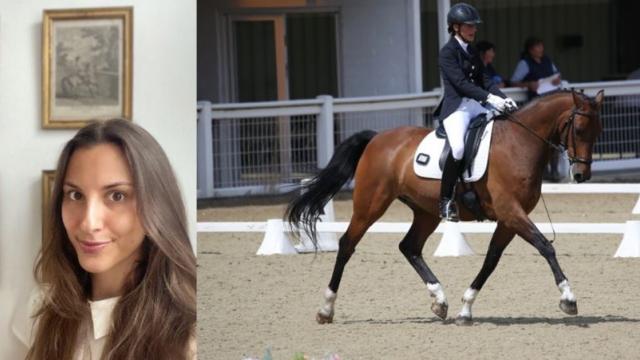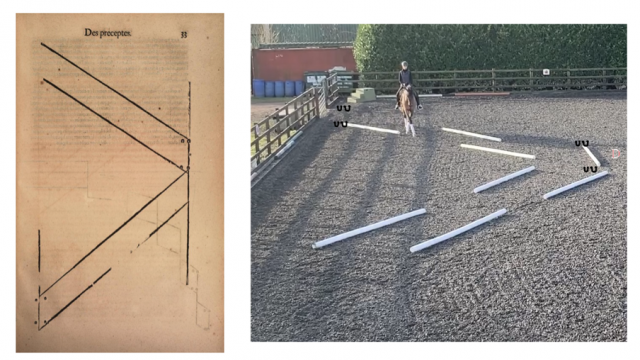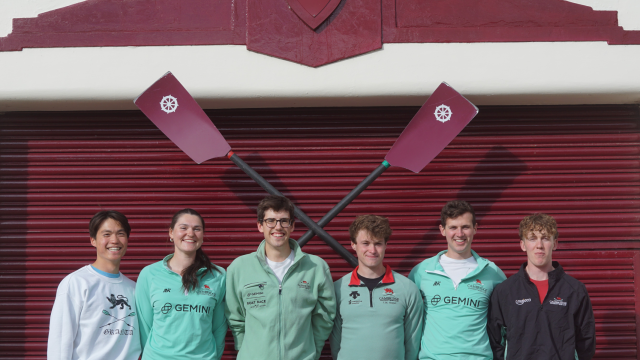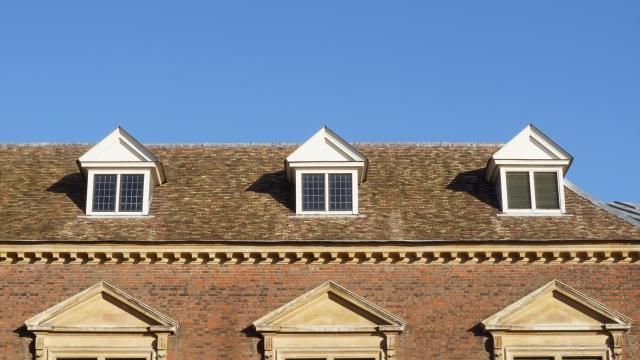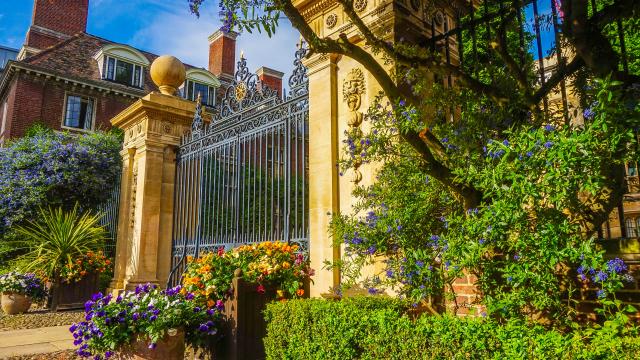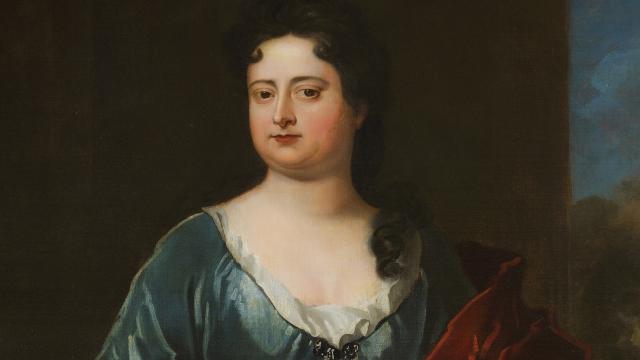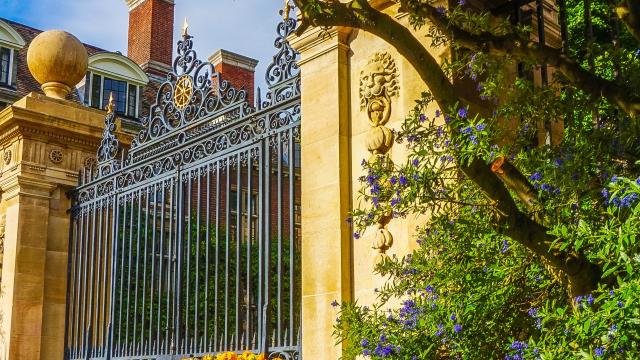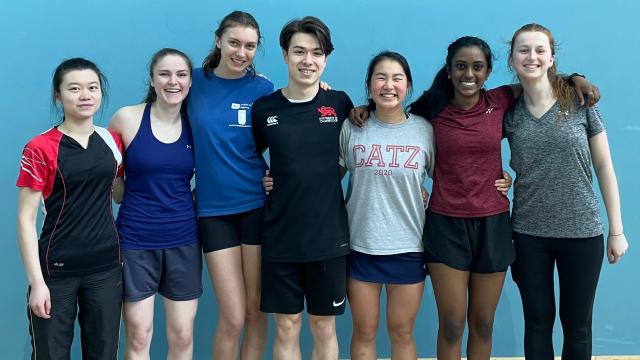
St Catharine’s students enjoy a wide array of extra-curricular activities during their time in Cambridge. While a break from academic studies is often welcome, one postgraduate student has combined an existing passion and her research interests with impressive results.
Amandine Didouan joined St Catharine’s in 2015 to study a Master’s in the History of Art and is now researching a PhD thesis on 17th century European equestrian visual culture. She recently received the St Catharine’s Prize for Distinction in Research in recognition of her work.
Representations of horses appear throughout the history of art, from prehistoric cave paintings to the sculpture and paintings of modern artists like Mark Wallinger. By the early modern era in Europe, there was an appetite for portraits featuring the subject on horseback. These subjects were not simply ‘any man’ on horseback, riding ‘any type of horse', in ‘whatever manner’: both were the product of rigorous physical training in a highly codified and theoretically outlined activity. During the period, the horse was considered to be the most status-heightening animal, promoting the position of the rider, and was bound to exacting standards of selection, preparation and drilling.
“By carefully looking at 17th-century works of art alongside the rich primary sources available on the equestrian culture emerging at the same time (termed manège), we can discover just how artists took this culture ‘out of the saddle’ and ‘onto the easel’ in their equestrian portraiture. My thesis is the first to concentrate on an interpretation of the pedagogical tools used to communicate and teach the art of riding.”
Amandine is also an experienced competition dressage rider and Amigo, a 16-year-old Dutch warmblood, has accompanied her during her time in Cambridge. This has undoubtedly informed the direction of her research and how she has interpreted primary sources:
“My present day experience enabled me to make a distinction between the ‘reality’ of the execution of published 17th-century riding exercises as opposed to the ‘ideal’ found in equestrian portraits (determined by the aesthetic and cultural standards of the epoch). A case in point was when Amigo and I attempted to re-enact historical riding treatises in a video that I presented to Cambridge’s Centre for Visual Culture.
“Much of manège theory was distilled through a visual language of circles and lines conveying movement and space, thus elucidated through a system of diagrams which adhered to visual conventions found in mathematics, astronomy, and medical treatises of the period. Interestingly, modern day dressage has kept these pedagogical tools of instruction. Competition floor plans still communicate movements and paces with a similar visual language to the diagrams found in early modern treatises.”
Reference
Didouan, A. ‘Out of the saddle, and onto the easel: the correlative influence of equitational culture on early modern equestrian portraits’. The Seventeenth Century, 2020. DOI: 10.1080/0268117X.2020.1854841
